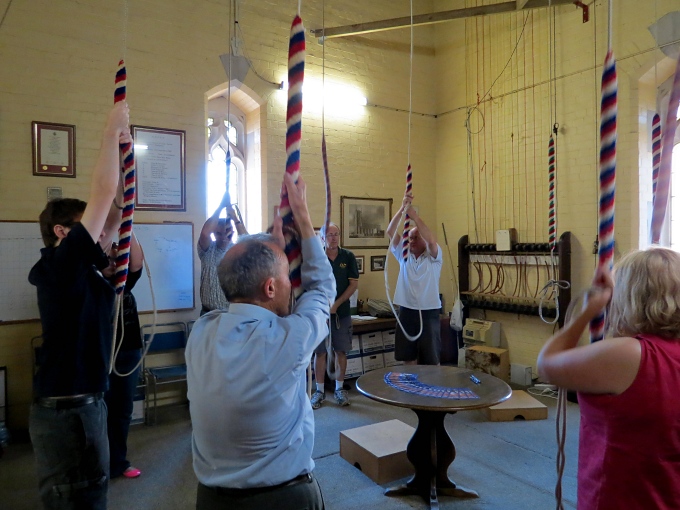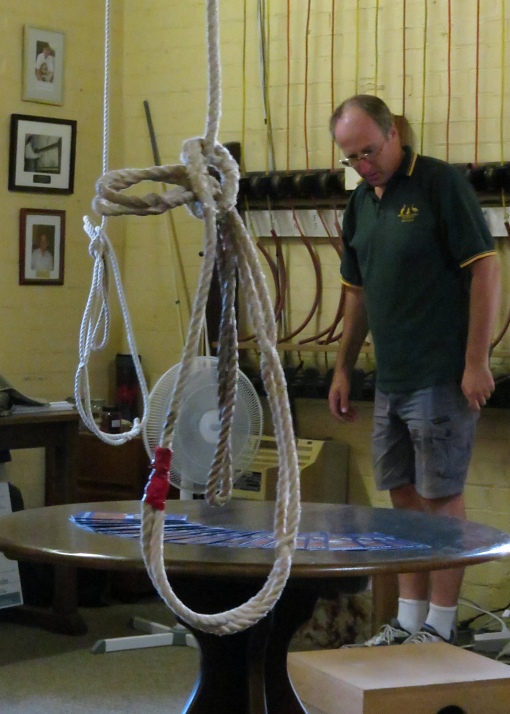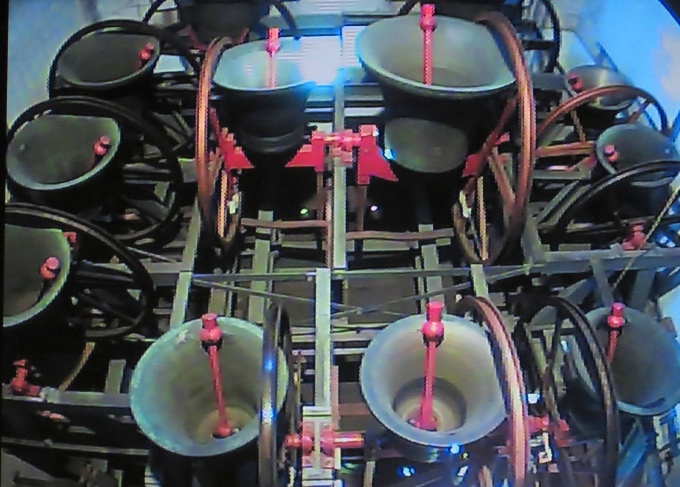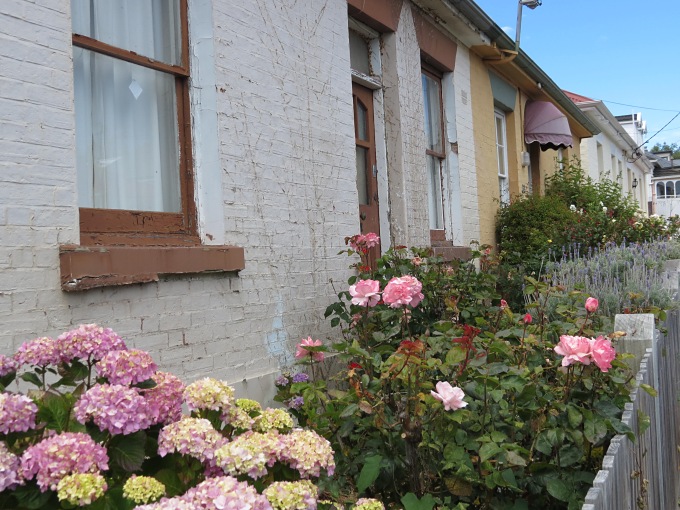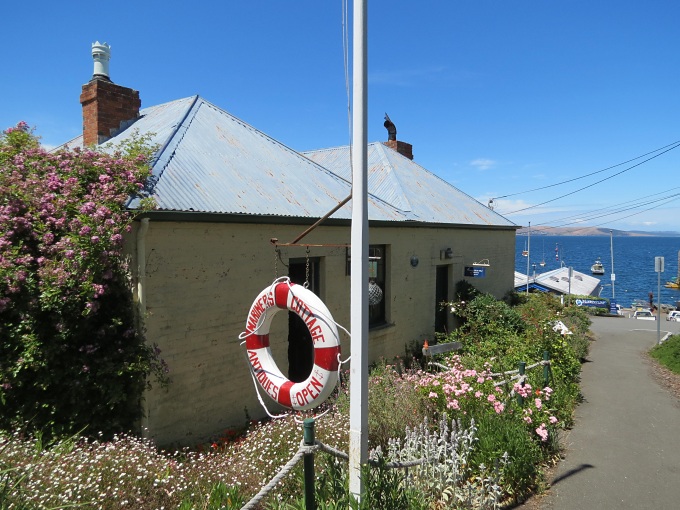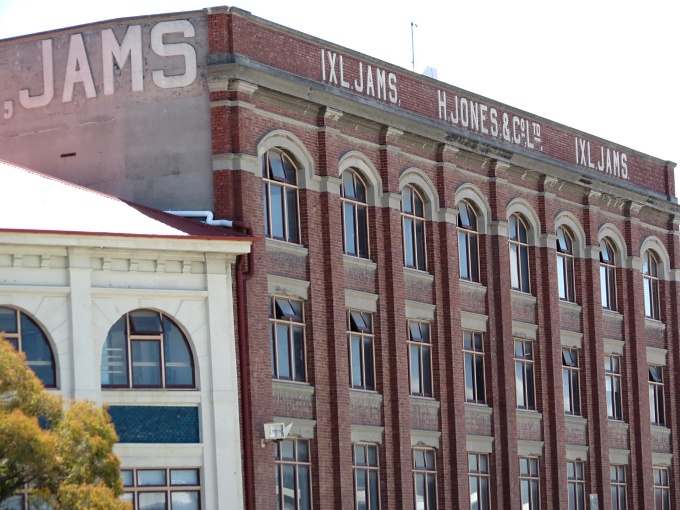Queen's Domain & King Tides
/Another recommended circle walk in Hobart is around and through the Queen's Domain. It's a huge public park owned and maintained by the city of Hobart since 1860. The weather was perfect: warm and sunny with a light breeze and blue, blue skies. We slathered on the sunscreen to prevent toasting and headed out early.
We picked up the start of the walk close by on Davey Street and followed it as it meandered up the Domain's grassy, bushland hills. The area has abundant native birds, like yellow wattles, silvereyes and eastern rosella and everybody was singing in the sunshine today. Discovery of Aboriginal middens in the area indicate that the native people lived and hunted in these hills centuries before the arrival of Europeans in 1803.
The Domain has had a variety of uses throughout the years including a battery to defend Hobart from attack by sea, a venue for anti-draft rallies and various exhibitions and even a tent-city for the homeless during the Depression Years. Its primary use today is for sports fields, an Aquatic Centre, and public enjoyment. The Royal Tasmanian Botanical Garden occupies a key location within the Domain as well.
We passed by the site of the old Beaumarais Zoo. All that's left of the zoo are the gates. The zoo, which closed in 1937, is primarily known as the home of the last thylacine, aka Tasmanian Tiger, which died here in 1936. What a sad thought to know that the last of a species had died and was gone forever.
Just up the road, we saw the gates and grounds of Government House, the official residence of Tasmania's governor, at present, Peter Underwood. Cattle grazed on the lawn and we could barely make out the house, which is more in the order of a castle, because of all the thick foliage. In this case, the view we had sailing up the Derwent was much more illuminating than the peek we had while walking by the gates.
The last time we visited the Royal Tasmanian Botanical Gardens, it was a cold, raw, windy day and we had the place pretty much to ourselves. Only early spring flowers had been in bloom then. When we entered the Gardens this time, it was a whole new world … crowded with school kids on field trips, mothers with baby strollers and people just enjoying the sun and the masses of blossoming flowers. We had missed some key features of the gardens on our last trip and had the chance to view them now. The Japanese Gardens are beautiful. We wandered through the rose gardens; the sweet scent was nearly overpowering. The Subantarctic Plant House was particularly interesting. It offers the world's only collection of plant life collected from Macquarie Island and duplicates its cold, drizzly climate. Sound effects of seals and birds that inhabit the island lend additional ambiance to the exhibit.
We were fascinated by the baby Pacific black ducklings in the gardens' lily pond. Ten of them followed their parents around, but when they came to lily pads, they hopped up and walked across, their weight supported easily by the thick pads.
We returned to town via Soldiers Walk. Individual trees and markers commemorate the 520 Tasmanians who died during World War I. The walk overlooks the Derwent and the views are beautiful.
As we came back down the hill to the the city, we passed by several war memorials including the main military commemorative monument known as the Cenotaph. The roundtrip walk including our wanderings through the Gardens was about 5-6km, a reasonable outing for a sunny day in Hobart.
We returned to Cups in time for the lowest of the low tides. Tied to a fixed pier, adjusting Cups' docklines and fender boards to accommodate the King tides has been a daily routine. We had never heard the term “King tides” before arriving in New Zealand. The term was coined in Australia and is used worldwide now. It means the highest tides of the year...and correspondingly, the lowest tides of the year. We'd call them “spring tides” and they correspond with gravitation forces and the alignment of the sun, moon and the earth. They're totally predictable. With a differential of 1.5M (~5 feet), the lowest tides have left us well below the top of the pier. So low, in fact, David had to scrape mussels and oysters off the pier pilings in order for the fender boards to sit comfortably and keep Cups from scraping her topsides on the pilings. Unfortunately, the scraped mussels and oysters were not suitable for good eating. Darn!











